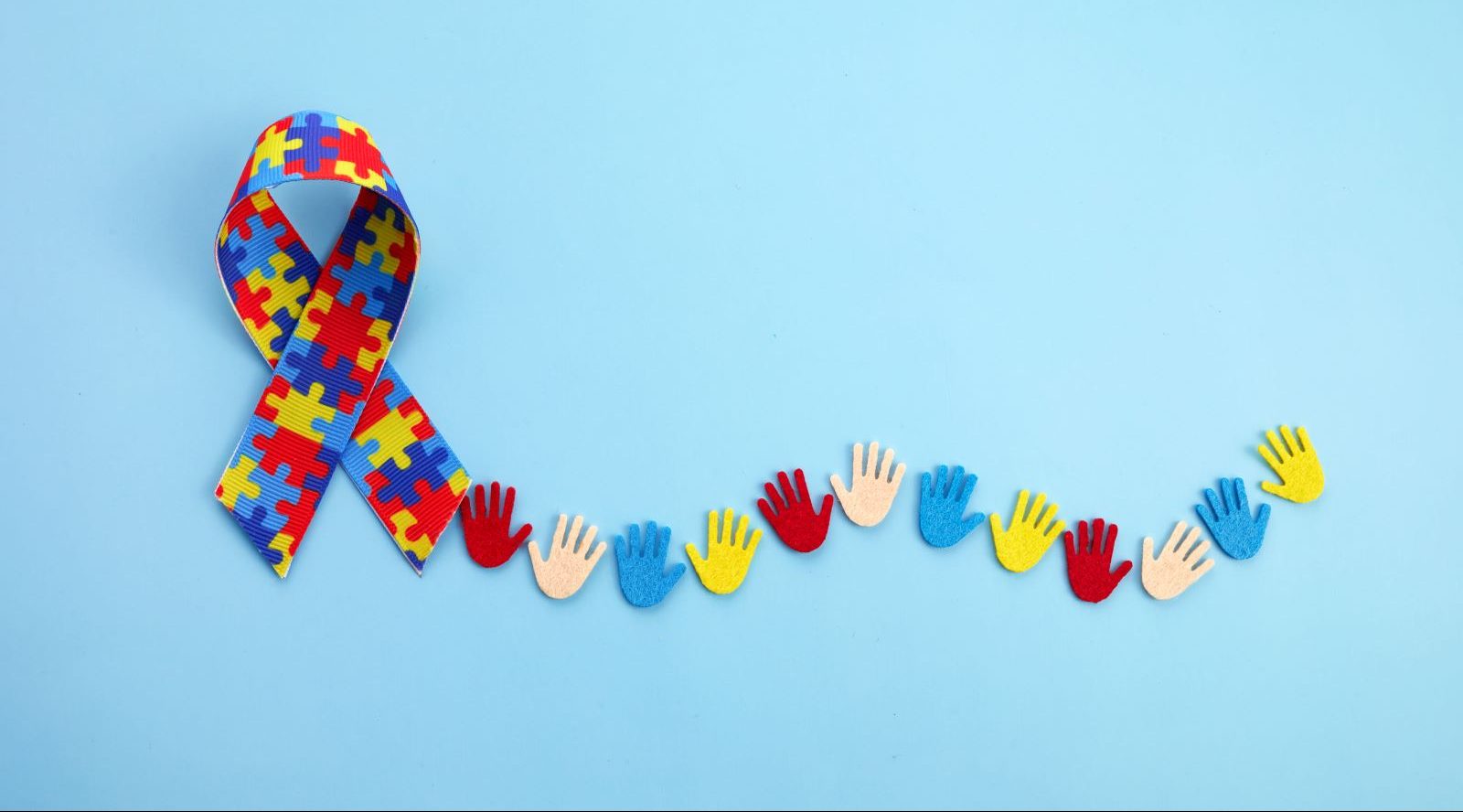Sustaining People With Autism: Finest Practices in Education and Inclusion
The support of people with autism within instructional setups necessitates a nuanced understanding of best methods that promote inclusion and reliable learning. Emphasizing organized atmospheres, tailored teaching methods, and collective initiatives among instructors and family members can significantly enhance the instructional experience for pupils on the spectrum. Nonetheless, the obstacle lies not just in executing these methods yet also in cultivating a culture of acceptance and understanding amongst peers. Discovering the complexities of these strategies exposes essential components that can change academic landscapes and enhance results for all pupils. What are the crucial elements that make these approaches effective?
Understanding Autism Range Condition
Autism Range Disorder (ASD) is an intricate neurodevelopmental condition defined by a variety of difficulties in social communication, communication, and actions. autism. Individuals with ASD may display a variety of symptoms and characteristics, frequently leading to a distinct profile of staminas and difficulties. The range nature of the disorder suggests that signs can vary dramatically in extent, with some people needing considerable support while others might operate individually
ASD normally shows up in early childhood years, with indicators commonly evident by the age of two or 3. Usual attributes include troubles in understanding social hints, difficulties in taking part in reciprocal discussions, and a choice for routines or recurring actions. Sensory level of sensitivities are also widespread, affecting exactly how individuals process and respond to sensory input from their environment.
Recognizing these features is crucial for promoting effective support methods. Accurate recognition of ASD signs can lead to timely treatments that can significantly improve a person's quality of life. Moreover, acknowledging the diverse methods which the problem materializes aids experts, caretakers, and educators customize their techniques to fulfill the distinct requirements of each individual on the autism range.
Producing Inclusive Knowing Atmospheres
Producing an inclusive knowing setting is essential for sustaining individuals with Autism Spectrum Disorder and promoting their academic and social success. Such settings focus on acceptance, understanding, and partnership among all trainees, fostering a feeling of belonging. This approach requires the energetic participation of peers, instructors, and moms and dads, producing a community that values variety and inclusivity.
To achieve inclusivity, physical class setups ought to suit numerous sensory needs, supplying silent areas and adaptable seating options. Aesthetic supports, such as timetables and cue cards, can aid understanding and predictability, vital for numerous pupils with autism. Additionally, implementing clear assumptions and structured regimens helps minimize anxiousness and improves finding out opportunities.
Partnership among personnel is vital. Educators should involve in recurring professional advancement to much better comprehend autism and its effects for understanding. Developing partnerships with specialized professionals, such as speech specialists and job-related therapists, can better enhance the support supplied to students.
Ultimately, cultivating a comprehensive discovering atmosphere not only advantages pupils with autism however improves the instructional experience for all students, advertising compassion, regard, and a deeper understanding of specific differences. This cumulative effort is important for growing a engaging and helpful educational environment.
Efficient Instructing Approaches
To effectively support individuals with Autism Spectrum Problem in the classroom, educators should utilize a selection of mentor methods that deal with the special understanding styles and demands of these students. One reliable strategy is using visual help, such as graphes, layouts, and photos, which can improve straight from the source comprehension and retention of info. These great site devices help clear up intricate concepts and provide a recommendation factor for trainees.
Additionally, implementing organized routines and clear expectations can create a feeling of security and predictability, which is crucial for several individuals with autism. It is also useful to incorporate hands-on learning possibilities, as these experiences can cultivate interaction and useful application of skills.
Set apart instruction must be a foundation of mentor techniques, permitting educators to customize lessons to individual toughness and challenges. Employing social tales can assist in creating social skills and recognizing social signs, linking communication voids.
Last but not least, regular comments and positive reinforcement can strengthen and inspire students desired actions. By integrating these approaches, educators can produce a efficient and inclusive understanding atmosphere that sustains the growth and growth of pupils with Autism Range Disorder.
Working Together With Families and Communities
Efficient collaboration with households and communities plays a crucial duty in supporting people with Autism Spectrum Condition. Developing solid partnerships in between instructors, households, and neighborhood companies enhances the effectiveness of educational treatments and advertises a comprehensive environment. Households, as key caretakers, use indispensable insights into the unique needs and preferences of their kids. Engaging them in the decision-making process ensures that educational strategies are customized to individual strengths and challenges.
Institutions need to help with open communication networks, such as routine meetings, workshops, and feedback sessions, to foster a sense of area and depend on. Furthermore, involving area organizations can supply accessibility to sources and support services that expand past the class, enhancing social possibilities and skill growth for people with autism.
Expert advancement for teachers ought to likewise stress the importance of household interaction and neighborhood cooperation. Training on culturally responsive techniques can help educators much better recognize and integrate diverse household viewpoints. Ultimately, a collaborative technique not just empowers households however additionally improves the discovering experiences of people with autism, creating a helpful ecological community that advertises their overall health and success.
Encouraging Social Skills and Interaction
Advertising social abilities and communication is necessary for individuals with Autism Range Problem, as these abilities have a peek here are foundational for building connections and browsing social contexts. Reliable techniques for enhancing social proficiencies include structured social skills training, peer-mediated treatments, and using social stories.
Social skills training programs can be tailored to attend to certain deficits such as starting conversations, recognizing non-verbal hints, and taking turns throughout interactions. These programs frequently integrate role-playing situations to give functional experience and feedback. Furthermore, peer-mediated treatments, where usually establishing peers are entailed, can promote naturalistic social communications, promoting an encouraging setting for individuals with autism.

Furthermore, developing inclusive environments in schools and area setups encourages opportunities for social interaction - autism. By promoting understanding and acceptance amongst peers, the potential for significant interactions increases, inevitably leading to better social proficiency and emotional well-being for people with autism

Verdict
In final thought, applying ideal practices for sustaining people with autism in academic settings is crucial for cultivating incorporation and understanding. Structured regimens, visual aids, and partnership among teachers, households, and community organizations improve learning experiences and address individual demands.
The assistance of individuals with autism within academic settings necessitates a nuanced understanding of ideal practices that advertise addition and reliable knowing.Developing an inclusive learning atmosphere is important for supporting people with Autism Range Condition and promoting their social and scholastic success.To efficiently support individuals with Autism Range Problem in the classroom, educators have to use a range of mentor methods that provide to the special learning styles and demands of these students.Effective partnership with communities and households plays a crucial role in sustaining people with Autism Spectrum Problem - autism. In addition, peer-mediated treatments, where usually creating peers are entailed, can promote naturalistic social interactions, promoting an encouraging setting for individuals with autism
Comments on “The Role of Education And Learning in Sustaining Trainees with Autism: Best Practices”